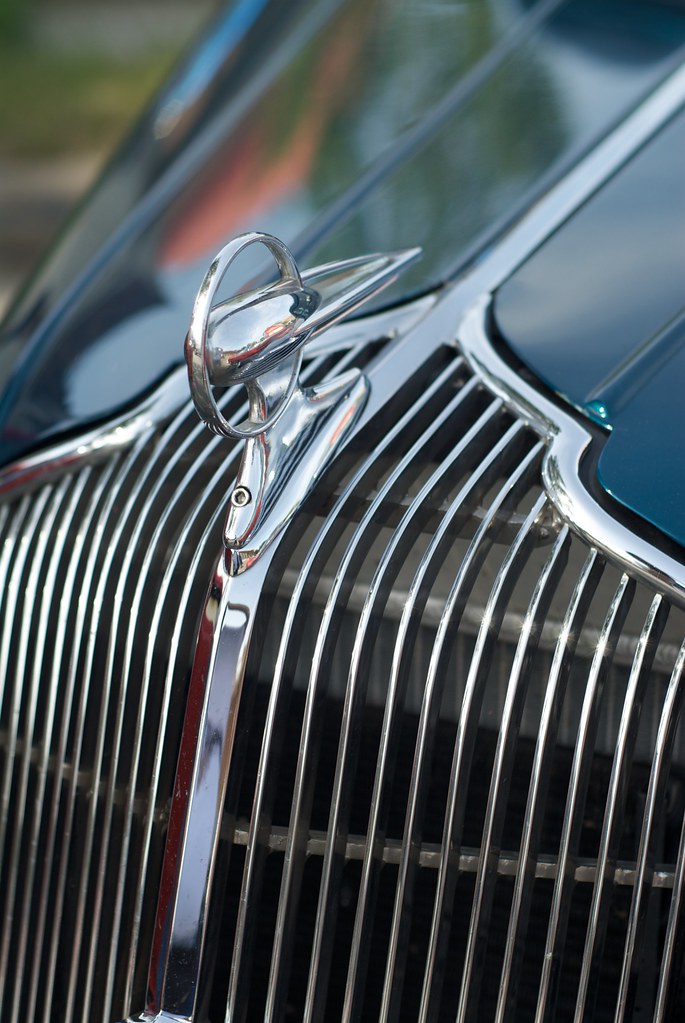
Have you ever hesitated to pop open your car hood, plagued by the unsettling thought: could there be rodents nesting in there? This concern might seem exaggerated, but the truth is that countless vehicle owners encounter this issue more frequently than they’d like to admit. Rodents such as rats, mice, and squirrels are often drawn to the warm, snug environment of a car engine, where they make nests and can cause significant damage. So how can you determine if these unwelcome critters have invaded your vehicle? Let’s take a closer look at some telltale signs and symptoms that may reveal the presence of rodents in your car.

1. **Droppings and Odors**: One of the first indicators of rodent activity in your car is the discovery of droppings. Rat fecal pellets, which are usually oblong and range from 1/8 to 1/4 inch long, can be found scattered in and around your engine, inside the cabin, and even tucked away in the trunk. Additionally, a foul odor can serve as a significant warning sign. If you detect a strange smell coming from your vehicle, especially when you turn on the heater or air conditioning, it could suggest that a rodent has made your engine its home, and possibly even died there.

2. **Nesting Materials**: Rodents are notorious for using various materials to create their nests. You might find shredded paper, wrappers, or even bits of insulation from your car. These materials can often be found near the heater blower motor, center console, or inside the engine compartment itself. If you see any of these items, it’s a clear indication that your car has become a makeshift home for these pests.

3. **Chewed Wires and Insulation**: One of the most damaging things rodents can do in your vehicle is chew through wires and insulation. While they do this to keep their ever-growing teeth in check, the consequences can be severe. Chewed wiring can lead to electrical problems or, in some cases, even fires. If you notice unusual electrical malfunctions on your dashboard, it might be a signal that a rodent has been gnawing on your car’s wiring.

4. **Food Sources**: If you notice dog food, birdseed, or other food items scattered near your car, it could signal the presence of nearby rodents. These creatures need a food source to thrive, and if they find edible items close to your vehicle, they may decide to settle in your engine bay. Moreover, if you catch sight of a mouse or rat quickly scurrying out from your car, it’s crucial to take immediate action to investigate the situation thoroughly.

5. **Strange Sounds**: When you turn on your car’s fan or heater, listen for unusual noises. If you hear rustling sounds or scratching, it’s possible that a rodent is moving around inside your engine. This is an important sign that should not be ignored, as it indicates that you may have a living rodent making itself comfortable in your vehicle.

6. **Fur and Other Remnants**: Keep an eye out for tufts of fur that may be left behind in your vehicle. These can serve as crucial evidence that rodents have been roaming around. You might also encounter shredded materials that they’ve used to build nests, further confirming your suspicions that unwelcome guests have taken up residence in your car.

7. **Increased Maintenance Needs**: If you find yourself needing to take your car in for repairs more frequently, especially for electrical or heating issues, it may be time to investigate potential rodent activity. Damage caused by rodents can lead to costly repairs, so keeping an eye on the overall functionality of your vehicle is crucial.

8. **Visible Signs Under the Hood**: Sometimes, the evidence is right before your eyes. When inspecting your engine compartment, look for nesting materials, fecal pellets, or signs of chewing on wires and hoses. Immediate inspection can help you identify any rodent activity and allow you to take preventive measures sooner.

Recognizing these signs is the first step in addressing a potential rodent problem in your vehicle. The next step is ensuring that preventive measures are in place to keep these pests from returning. In the following section, we will explore practical strategies to deter rodents from making your car engine a home. Remember, a proactive approach can save you from costly repairs and ensure your vehicle remains a safe and pleasant space.

9. **Limit Parking Near Food Sources**: Parking your vehicle too close to food sources can be an open invitation for rodents. Whether it’s an overflowing trash can or a bird feeder brimming with seeds, these food sources attract critters, luring them to investigate your car as a potential nesting site. By being conscious of where you park and steering clear of these food-laden spots, you can significantly diminish the chances of a rodent invasion.
10. **Use Natural Deterrents**: If you’re seeking an eco-friendly method to keep rodents at bay, consider incorporating natural deterrents into your strategy. Strong scents, such as peppermint oil, vinegar, or even used cat litter, can effectively repel these pesky intruders. Simply soak cotton balls in peppermint oil and strategically place them around your vehicle to create an unwelcoming environment for rodents.

11. **Store Your Vehicle Properly**: If your car is not driven often, think about storing it properly to dissuade rodent activity. Opt for parking in a garage and maintaining a clean, clutter-free environment. Additionally, elevating the vehicle on blocks can help deter rodents from venturing into your engine, as it makes access more challenging.

12. **Seal Up Entry Points**: One of the best ways to prevent rodents from entering your vehicle is to seal any potential entry points. Check for holes, cracks, or gaps in the body of your car and the engine compartment. Make sure to inspect rubber seals around doors and windows, as these can wear down over time, providing easy access for rodents. Using silicone sealants or other appropriate materials can be an effective way to close off these entrances.

13. **Maintain a Clean Environment**: A tidy environment is less appealing to rodents. Regularly clean the area around where you park your vehicle, removing any debris, trash, or piles of wood or leaves that could provide shelter for these pests. Keeping your yard neat and eliminating any standing water or food sources will further reduce the likelihood of attracting unwanted visitors.

14. **Implement An Integrated Pest Management Approach**: Consider adopting an Integrated Pest Management (IPM) approach. This strategy involves monitoring pest activity, removing food sources, and using a combination of physical, biological, and chemical controls to manage the rodent population around your vehicle. The goal is to create an unwelcoming environment for these pests, thereby reducing their likelihood of making a home in your engine.

15. **Regular Maintenance and Inspection**: Lastly, make it a habit to conduct regular inspections of your vehicle, especially if it’s been parked for an extended period. Check for signs of rodent activity, such as droppings or chewed materials. Regular maintenance not only helps you catch any potential rodent problems early but also ensures that your car remains in good working condition.

By implementing these practical strategies, you can make your car a less inviting target for rodents, ensuring that your vehicle remains a safe and dependable mode of transportation. Remember, being vigilant and taking proactive measures are crucial in keeping pesky rodents out of your engine!

While dealing with the possibility of rodents in your vehicle may feel overwhelming, with the right knowledge and preventive steps, you can keep your car safe and sound. Embrace these tips, and enjoy the comfort of knowing your vehicle is free from unwanted pests. A little proactive care really can go a long way in protecting your car from future infestations. Don’t forget to check under the hood and around the wheels regularly; a small effort can save you from costly repairs and unpleasant surprises. Happy driving!
Related posts:
Mouse in Your Car? Top Signs of Rats & Mice I Dave & Ray’s Automotive
Rats in Cars? It’s an Alternate Side Parking Surprise.
How to Get Rid of Rats in Your Car Engine like a Pro





